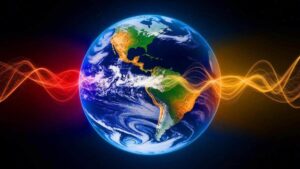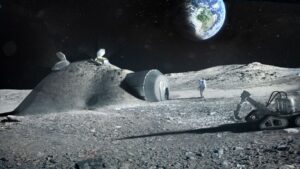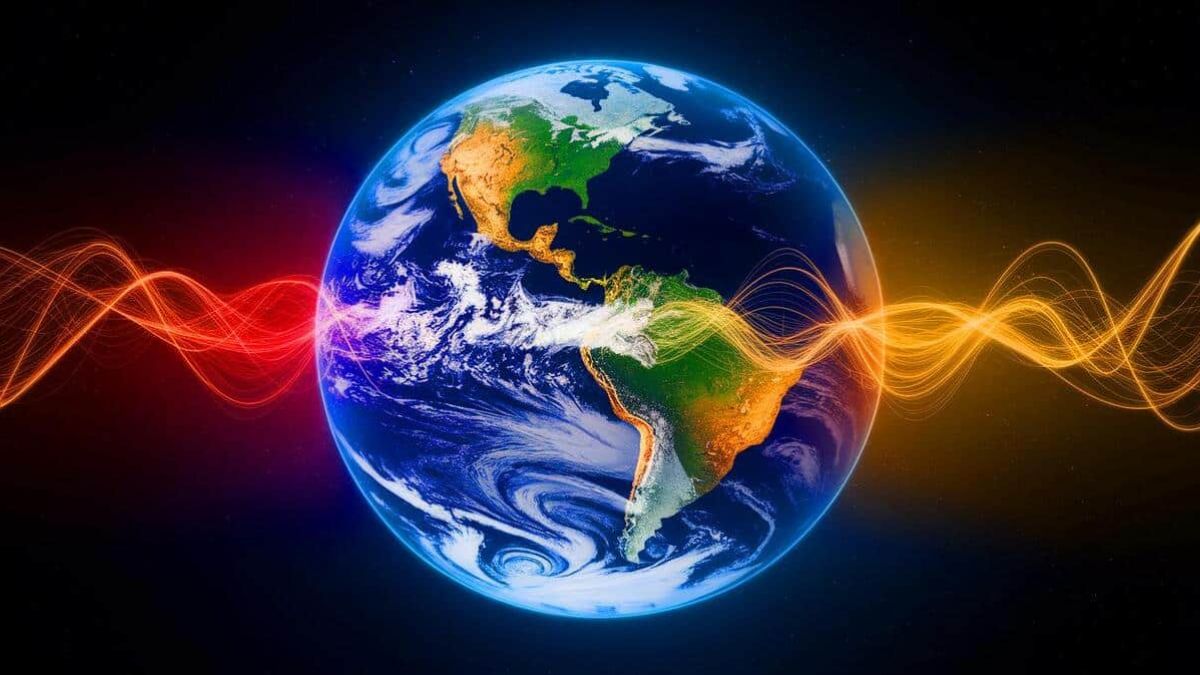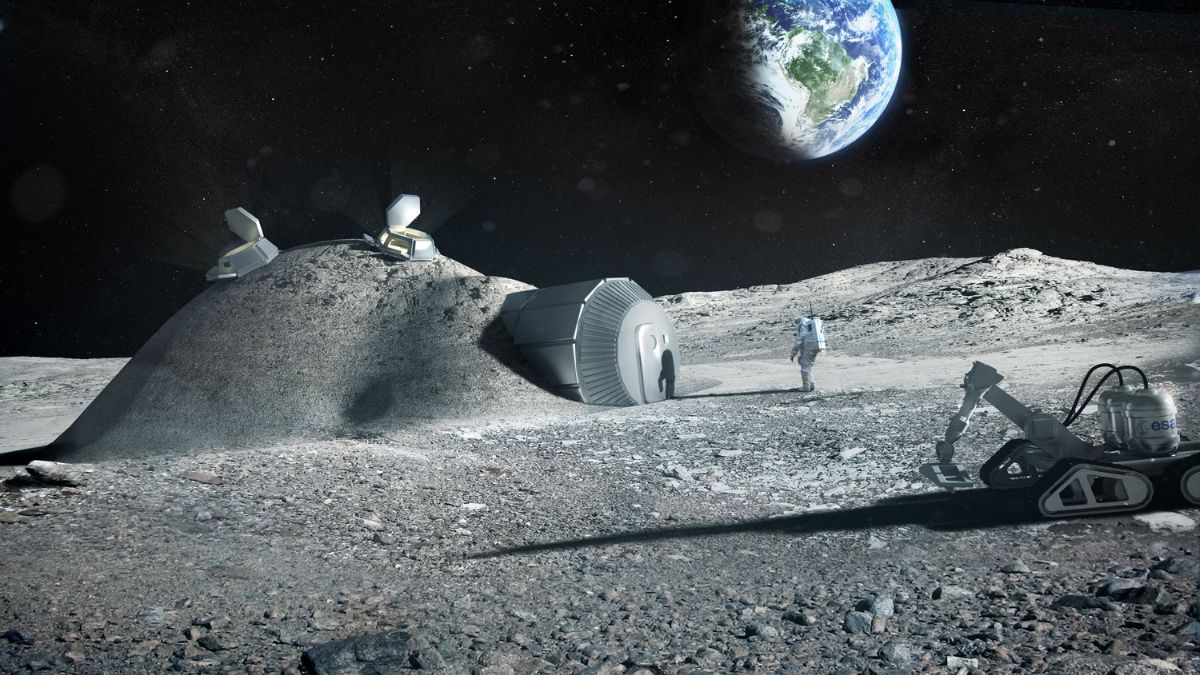America’s lakes are not just tourist attractions, they are ecosystems, water sources, and cultural landmarks. But today, many of them are shrinking at alarming rates. Climate change, combined with prolonged droughts, is steadily drying them up. The case of the Great Salt Lake in Utah has become one of the most pressing examples, sparking desperate proposals—like building a massive pipeline from the Pacific Ocean—that ultimately proved unfeasible.
Warming
According to NASA and NOAA, the Earth’s average global temperature has risen by more than 1°C since the late 19th century, most of it in recent decades. Warmer air and less precipitation are pushing many regions into drought.
Lakes are particularly vulnerable. Many depend on snowpack meltwater, but as winters warm, less snow is stored and less water flows into these lakes during spring. This means more evaporation, less replenishment, and shrinking shorelines.
The Western United States is experiencing the worst drought in 1,200 years. This megadrought has slashed the levels of iconic reservoirs such as Lake Mead and Lake Powell, and now threatens the survival of the Great Salt Lake.
Decline
The Great Salt Lake has lost nearly two-thirds of its water since European settlement in the region. In July 2022, it hit a historic low of 1,227.3 meters, lower than its previous minimum recorded in 1963.
The consequences are severe. As the water recedes, the exposed lakebed releases toxic dust containing arsenic and heavy metals into the air. This airborne pollution poses serious health risks, including respiratory problems, for communities nearby.
The ecological damage is also immense. The lake provides vital habitat for around 10 million migratory birds—pelicans, swans, geese, ducks, and gulls—that rely on it for breeding and food. As the lake shrinks, so does their survival.
Proposal
Faced with such a crisis, one idea emerged: pump seawater from the Pacific Ocean to refill the lake. On paper, it sounded like a solution. In reality, it was neither practical nor sustainable.
Rob Sowby, a professor at Brigham Young University, studied the proposal. His findings showed it would take over $300 million annually just to cover the electricity costs of pumping water 600 miles uphill to the lake. That’s about 11% of Utah’s total energy consumption dedicated to a single project.
Even this estimate was the “theoretical minimum.” In practice, construction challenges and energy inefficiencies would push costs even higher. The study concluded the pipeline idea was unrealistic—too costly, too energy-demanding, and ultimately unsustainable.
Reality
The truth is, America’s lakes are drying out with no easy fix. Reduced snowfall, weaker snowpacks, and rising temperatures make replenishing them harder each year. Unlike a storm that passes, this is a long-term decline with consequences that build up over time.
From toxic dust to shrinking ecosystems and the loss of reliable water sources, the crisis extends far beyond Utah. It’s a warning about how climate change is reshaping the very landscapes we depend on.
The failed pipeline idea shows how desperate and difficult solutions can become when natural systems collapse. Instead of relying on impossible fixes, the focus now must shift to conservation, smarter water management, and confronting the reality of climate change before it strips away more of America’s natural treasures.
FAQs
Why are America’s lakes drying up?
Rising temperatures, droughts, and less snowfall reduce inflows.
Which lake is most at risk?
The Great Salt Lake in Utah has hit record lows.
Why is shrinking dangerous?
It releases toxic dust and harms bird habitats.
What was the proposed solution?
A seawater pipeline from the Pacific Ocean.
Why was the pipeline rejected?
It was too costly, energy-demanding, and impractical.























